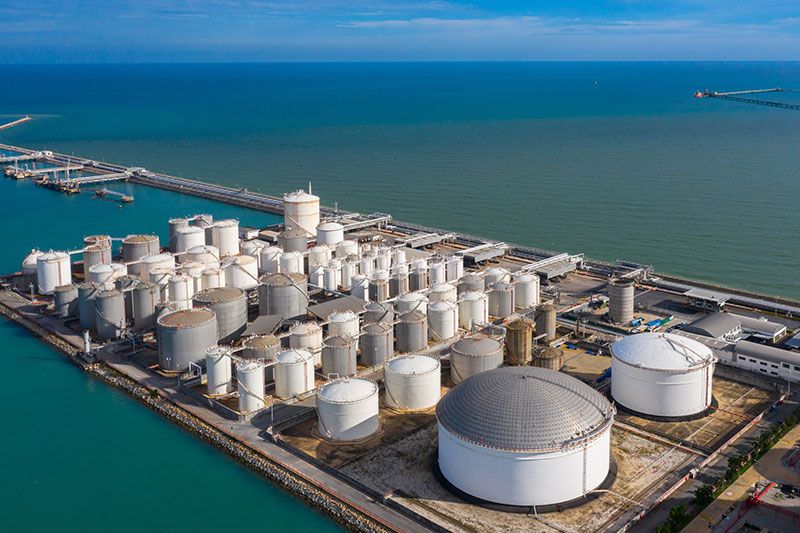D6 Diesel and D2 Diesel

D6 Diesel and D2 Diesel are both types of fuel oils used primarily in industrial and energy generation contexts, but they differ in their composition, usage, and specifications.
- D6 Diesel, also known as Residual Fuel Oil No. 6 or Heavy Fuel Oil (HFO), is a heavy, viscous fuel used mainly in large-scale, high-capacity engines.
- Marine Fuel: D6 is commonly used as bunker fuel for ships because of its high energy content and cost-effectiveness.
- Power Generation: It is frequently used in power plants and industrial boilers for electricity generation, especially in regions where it is more economical compared to other fuels.
- Industrial Heating: D6 is also utilized in large industrial furnaces and heating systems that can handle the heavier, thicker consistency of this fuel.
Characteristics:
- D6 Diesel is a heavier, thicker, and more viscous fuel compared to lighter distillates.
- It usually requires preheating to be used efficiently, especially in colder climates.
- It has a higher sulphur content and more impurities, making it less environmentally friendly compared to cleaner fuels.
Differences Between D6 and D2 Diesel
- D2 Diesel (Gas Oil No. 2) is a lighter, more refined diesel fuel commonly used for transportation (e.g., trucks, cars) and some industrial applications. It is known for its cleaner burn and lower sulphur content.
- D6 Diesel is much heavier, contains more impurities, and is less refined compared to D2. It is often residual oil left after the refining process of lighter fuels.
- D2 Diesel has low viscosity, meaning it flows easily and does not require preheating.
- D6 Diesel has high viscosity, thick and heavy, requiring preheating to pump and burn effectively.
- D2 Diesel, typically has lower sulphur content, especially with Ultra-Low Sulphur Diesel (ULSD) regulations, making it more environmentally friendly.
- D6 Diesel, contains much higher sulphur levels, which contributes to higher emissions and environmental pollution.
- D2 Diesel is widely used in transportation, commercial vehicles, and some industrial equipment.
- D6 Diesel primarily used in shipping, power generation, and industrial heating.
- D2 Diesel has Cleaner-burning, with lower emissions of sulphur and particulates, making it more suitable for areas with strict environmental regulations.
- D6 Diesel has higher emissions due to impurities and high sulphur content, often restricted to less-regulated regions or applications where emissions controls are not as stringent.
In general, D6 Diesel is mainly used in heavy-duty applications that can handle its high viscosity and impurity levels, such as in marine engines and industrial power plants, while D2 Diesel is a lighter, cleaner, and more versatile fuel suitable for everyday transportation and industrial machinery
Share :
 English
English
 Chinese
Chinese

Add New Comment